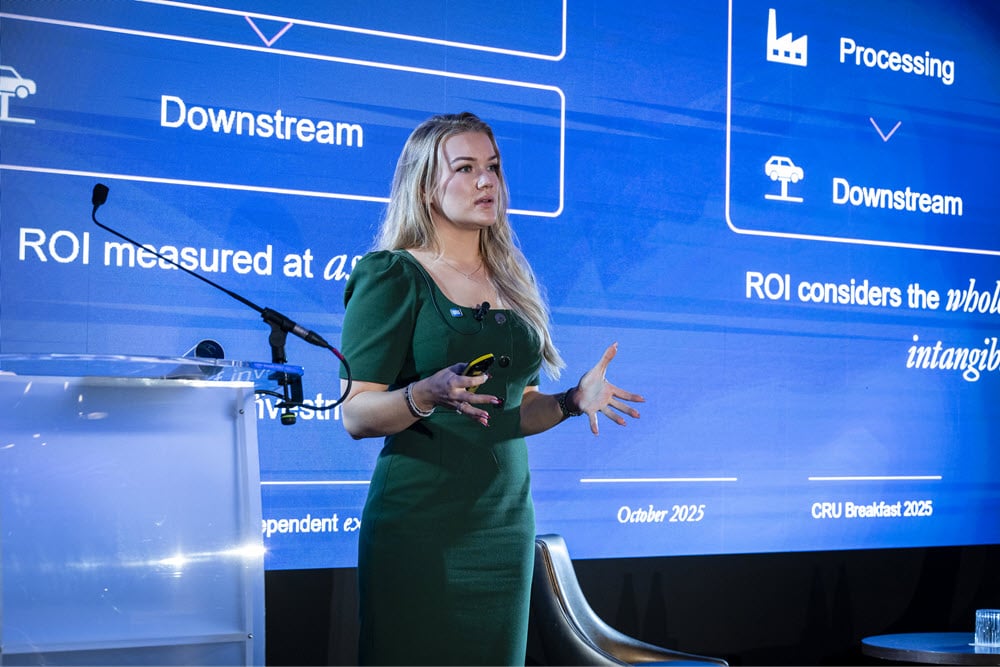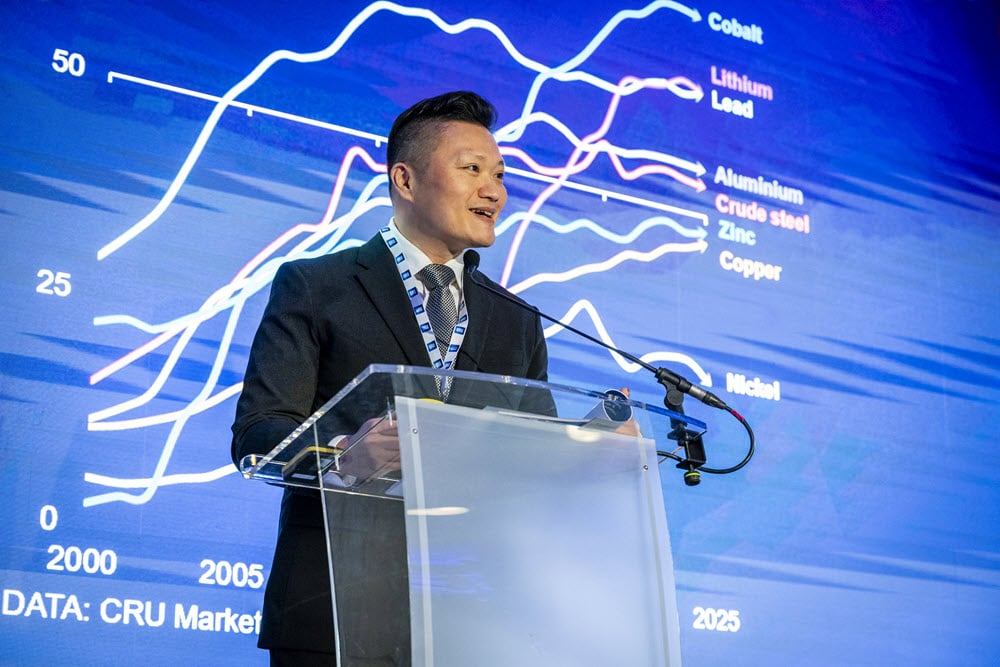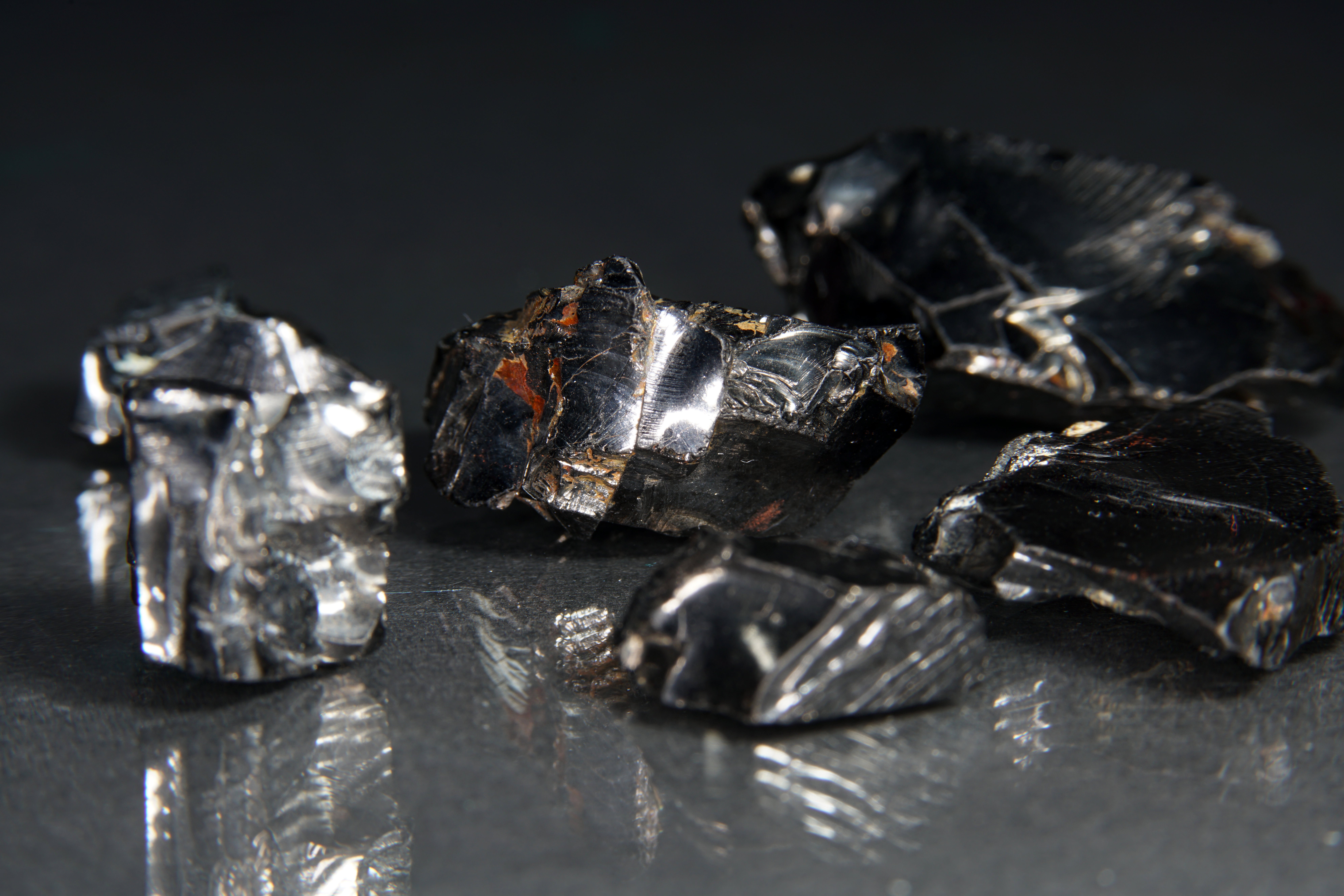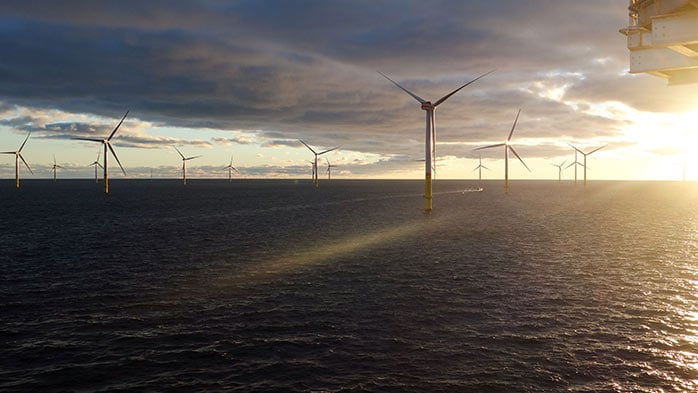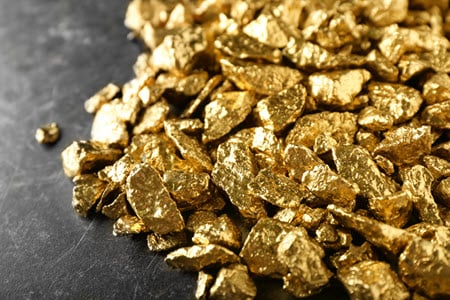Insight series
Part one of this two-part cross-commodity M&A series covers how the need for mining companies to align with the green energy transition, along with other key factors, is driving a surge in acquisitions of assets and companies connected to key critical metals.
Alignment with green energy transition key to mining M&A
The most talked about factor in the recent wave of mining M&A has been the need to align mining companies with the ‘green energy transition’ (GET). The importance of this alignment to mining companies is two-fold. Increased production of metals critical to the GET attracts investors looking to gain exposure to commodity markets with reduced ESG risk while simultaneously ensuring future profits for the mining company, through production of commodities with strong demand fundamentals.
This alignment involves both increasing exposure to metals critical to the GET and decreasing exposure to commodities with weaker demand outlooks that are seen as detrimental by investors looking to reduce ESG risk.
Large forecast increases in the production of EVs, renewable energy sources and the infrastructure required for electrification of modern life will be metal intensive. Production of critical metals such as copper, aluminium, nickel, lithium, cobalt and REEs are all forecast to rise as this new source of metal demand continues to gather pace.
The targeting of assets and companies producing GET metals is clear to see in recent mining M&A activity. Some purchasing companies have targeted sellers for their production shares in specific assets. Rio Tinto’s acquisition of Turquoise Hill increased Rio’s exposure to the Tier 1 Oyu Tolgoi copper mine while Lundin’s acquisition of Lumina provided a majority share in the Caserones copper-molybdenum mine in Chile.
Other purchasing companies have looked to make offers for entire companies, with multiple mines producing target commodities, improving exposure of the purchaser to GET metals. BHP’s successful acquisition of Oz Minerals and Hudbay’s merger with Copper Mountain will increase the exposure for both BHP and Hudbay to copper. These smaller deals were adopted relatively quickly compared to larger deals such as Newmont’s bid for Australian gold producer Newcrest, along with its sizeable copper reserves, and Glencore’s unsolicited bid for Teck Resources.
While the desire for increased exposure to GET metals is viewed as the principal driver for recent mining M&A, there are other key factors driving this wave of corporate activity.
Mining industry timescales and costs fuel buy vs build plans
Mining companies want to rapidly increase the exposure of their portfolios to GET metals However, the time and cost of developing new mines from greenfield projects acts as a significant hurdle to achieving this through development of new assets.
Lead times and capital intensity for the development of new mines are only worsening despite the need for greater supply of GET metals. Risk-averse investors, tighter financing for companies with poor ESG records and permitting issues can result in prolonged feasibility studies and asset development, significantly extending the period between resource discovery and mine production.
Buying a producing asset that has already passed these hurdles provides a working mine with less risk and faster return to investors, assuming the mine was bought for an appropriate price and is properly managed during and after the acquisition. Purchase of producing assets can, therefore, be an appealing option for mining companies with the resources to do so.
Geography another component in mining acquisition targets
Another key consideration highlighted during recent mining M&A has been the potential for geographical synergies. Proximal mines owned and operated by the same company can unlock key synergies, improving supply chain efficiencies and reducing cost. This situation can maintain output from the individual mines while potentially reducing total capital intensity and operating costs for the owner.
Geographical synergies were a key benefit highlighted during BHP’s acquisition of Oz Minerals and Glencore’s proposal to Teck. BHP sees the creation of a ‘South Australian copper basin’ consisting of BHP’s Olympic Dam, Oz Minerals’ Prominent Hill and Carrapateena and their collective portfolio of exploration projects in that area. Glencore also highlighted $4.25-5.25 billion in potential savings across marketing, operating and overhead optimisation, particularly in northern Chile due to the proximity of Glencore’s Collahuasi and Teck’s Quebrada Blanca copper mines.
There is historical precedent for successful mining synergies of this nature. In 2019 Barrick and Newmont embarked on a historic JV in Nevada, touted to unlock $5 billion in synergies. From 2019 to 2023 average cost of production for mines in the JV has declined ~8%, after rising and falling rapidly in 2022, while gold production has increased ~30%.
An unsustainable side to GET-driven mining M&A?
The GET is also driving a wave of demergers and sales in the mining industry, focused on coal. Sources of mine finance and mine insurance are announcing measures to limit or prohibit the financing and insurance cover for new and existing thermal coal operations, with restrictions on metallurgical coal beginning to emerge. The net impact of these actions will increase the cost to operate coal mines and raise the barrier to new coal operations, resulting in some miners shifting away from coal entirely.
In theory, de-incentivising investment in coal mining should reduce coal output which would be a net positive for the global climate. In practice it has resulted in coal mines rapidly exiting the portfolios of publicly listed, accountable diversified miners before those miners gradually winding down operations. Coal remains highly profitable, especially in recent years of energy uncertainty. This leaves divested coal mines to be operated by pure-play coal companies who extend coal mine life to protect company revenues or more opaque, smaller mining companies with less shareholder accountability.
More in-depth analysis on CRU’s view on coal industry divestment and ESG challenges can be found in our recent insight series ‘Diversified miners look to create distance from coal’, available to CRU clients.
Green energy transition drives mining acquisitions
A multitude of factors are driving M&A in the mining industry, however, the increased demand and green credentials lent to certain commodities critical to the GET is thought to be the principal driver. As climate change accelerates, firmer commitments to ESG strategies will be demanded by investors. Acquisition of mines producing critical metals and divestment of coal mines form part of a raft of actions taken by mining companies aiming to align with new demand and expectations from the GET. While some companies are bucking this trend, picking up coal mines for low prices, CRU expects the GET will continue being a key driver in M&A activity in coming years.
To see how the GET is influencing M&A activity in the steel and aluminium sectors read part two of this insight series “Commodity M&A: Industrial metals focus on re-investment” when released next week.






